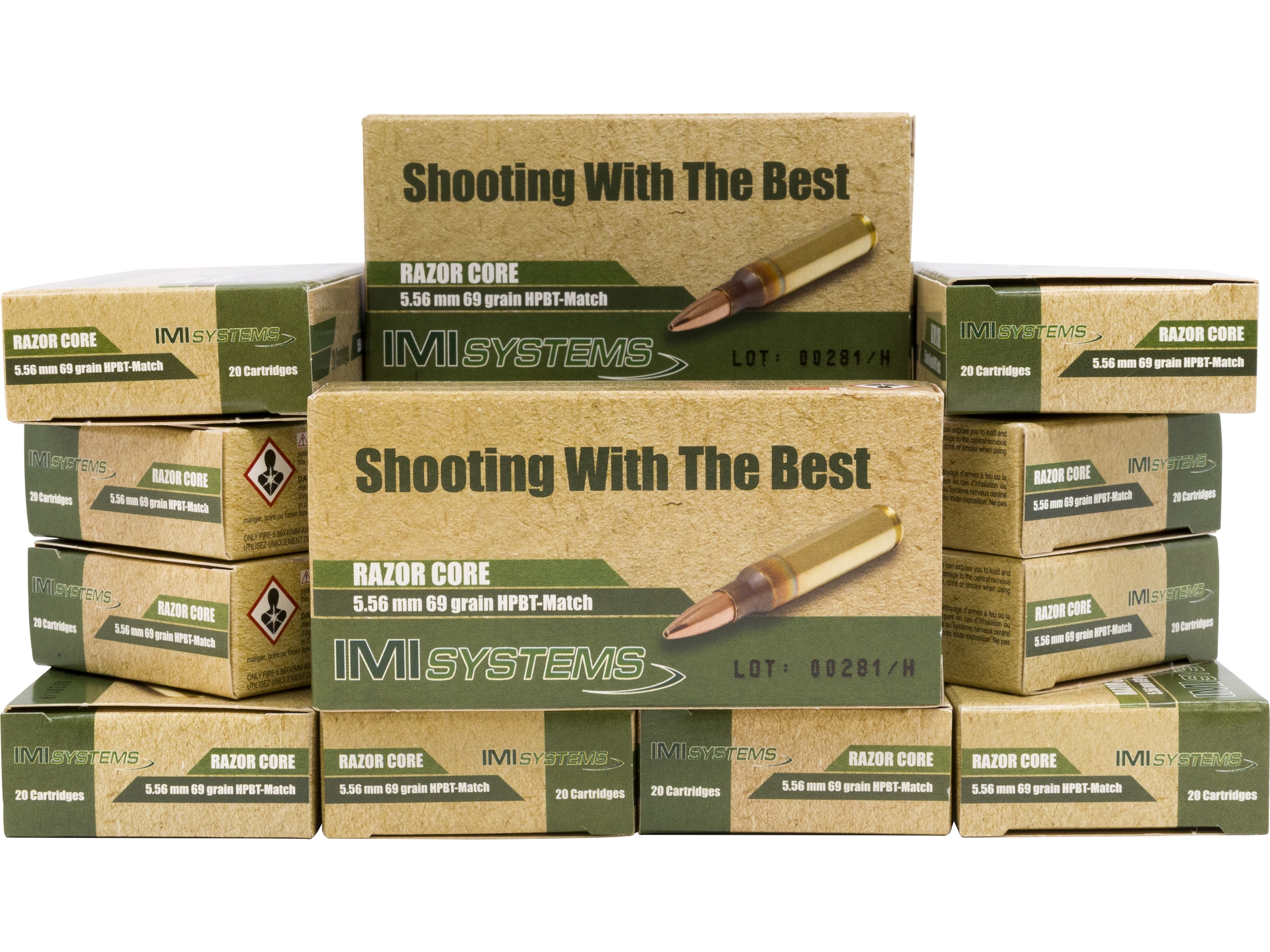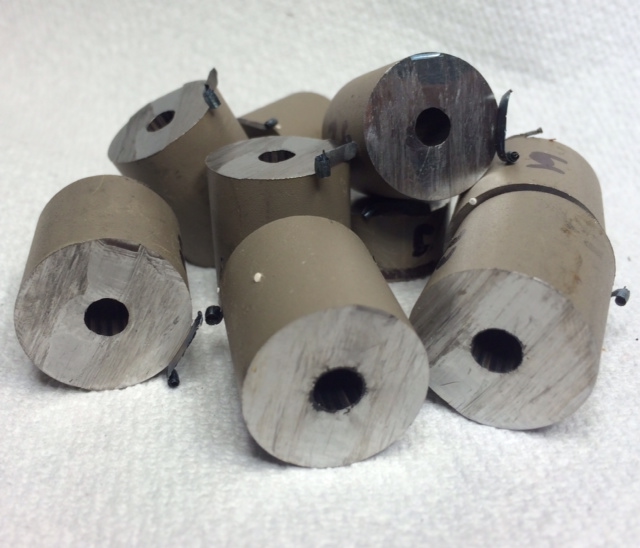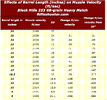I have some unexpected velocity measurement results that I hope someone can explain away.
I expected to see a significantly higher average in a 20 inch AR from a chronographed shot string, but ended up about the same.
The 20-inch is an Armalite rifle-length system, 1/9, the 16-inch is a mid-length PSA, 1/7, both are heavy/thick throughout barrels.
The 16-inch averaged to 2786 fps.
The 20-inch averaged to only 2790. It did see a couple of shots closer to or over 3000 fps and those were offset by some lower values.
Ammunition was same as this. I can be found at several sources:

 www.midwayusa.com
www.midwayusa.com
(IMI Razor Core - Sierra MatchKing HP 69 grain)
While at the advertised velocity (2740), I was hoping for quite a bit more from the 20.
My chronograph is just a basic Prochrono. I admit to shooting close to it, but the numbers made sense.
Appreciate any thoughts!
I expected to see a significantly higher average in a 20 inch AR from a chronographed shot string, but ended up about the same.
The 20-inch is an Armalite rifle-length system, 1/9, the 16-inch is a mid-length PSA, 1/7, both are heavy/thick throughout barrels.
The 16-inch averaged to 2786 fps.
The 20-inch averaged to only 2790. It did see a couple of shots closer to or over 3000 fps and those were offset by some lower values.
Ammunition was same as this. I can be found at several sources:

IMI Ammo 5.56x45mm 69 Grain Razor Core (Sierra MatchKing Hollow Point)
FeaturesProvides improved accuracy and lethality over longer distancesOpen Tip Match projectile provides higher stopping power than the standard 5.56mm...
(IMI Razor Core - Sierra MatchKing HP 69 grain)
While at the advertised velocity (2740), I was hoping for quite a bit more from the 20.
My chronograph is just a basic Prochrono. I admit to shooting close to it, but the numbers made sense.
Appreciate any thoughts!
Last edited:





